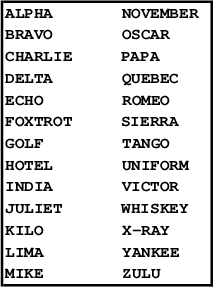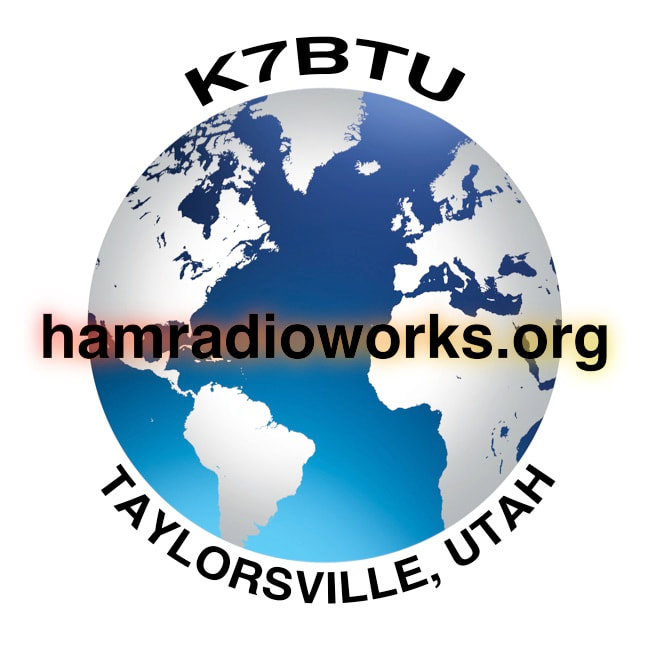Origin of the phonetic or spelling alphabet

A phonetic (or spelling) alphabet is a list of words used to identify letters in a message transmitted by radio or telephone. The paramount reason is to ensure intelligibility of voice signals over radio links so that critical combinations of letters can be pronounced and understood by those who transmit and receive voice messages by radio or telephone regardless of their native language, especially when the safety of navigation or persons is essential.An early version of a phonetic alphabet appears in the 1913 edition of The Bluejackets’ Manual. Found in the Signals section, it was paired with the Alphabetical Code Flags defined in the International Code. Both the meanings of the flags (the letter which they represent) and their names (which make up the phonetic alphabet) were selected by international agreement. Later editions included the Morse code signal as well. The words chosen to represent some letters have changed since the phonetic alphabet was introduced. When these changes occur, they are made by international agreement. The current phonetic alphabet was adopted in 1957. The ICAO spelling alphabet, also called the NATO phonetic alphabet or the international radiotelephony spelling alphabet, is the most widely used spelling alphabet. After the current alphabet was developed by the International Civil Aviation Organization (ICAO) it was adopted by many other international and national organizations, including North Atlantic Treaty Organization (NATO) International Telecommunication Union (ITU) International Maritime Organization (IMO)American Federal Aviation Administration (FAA) American National Standards Institute (ANSI) American Radio Relay League (ARRL).

